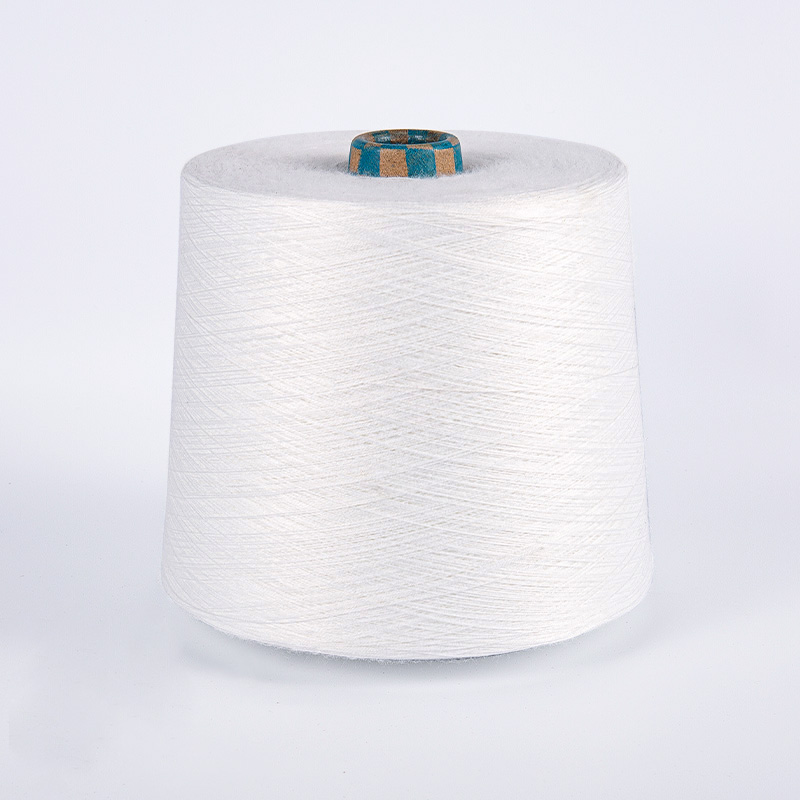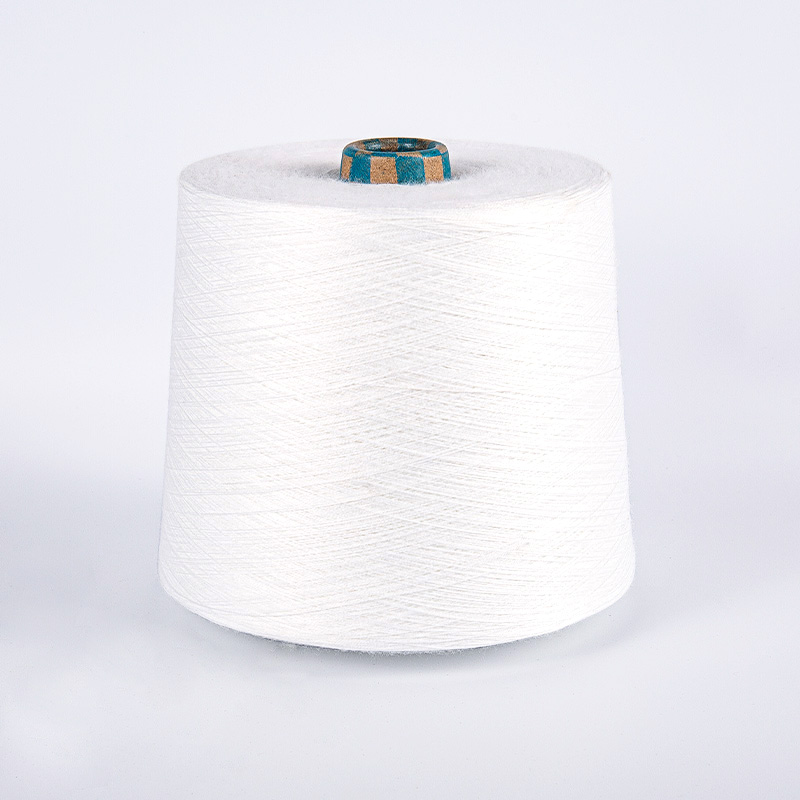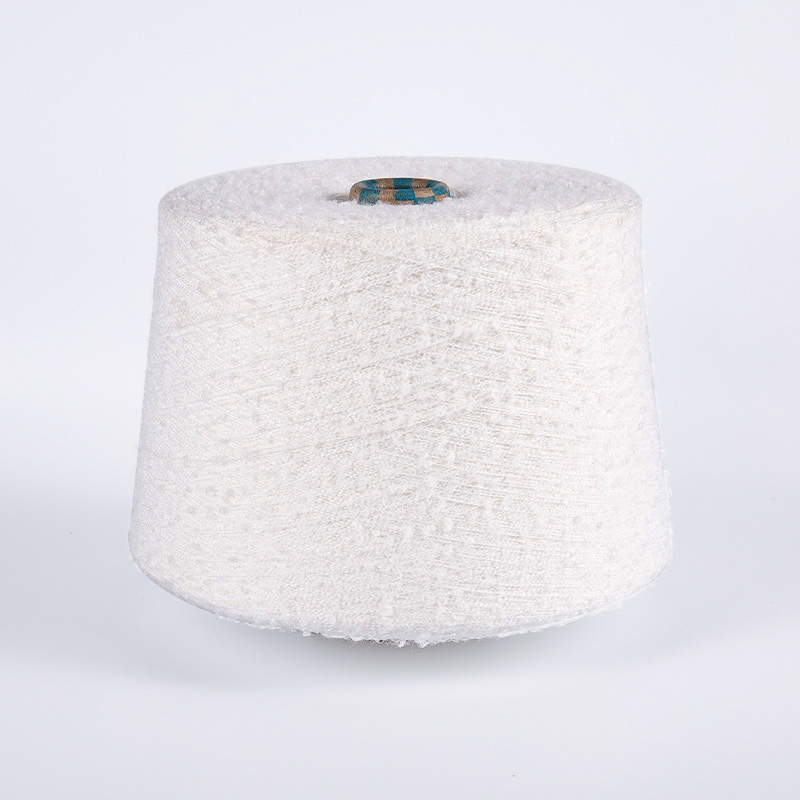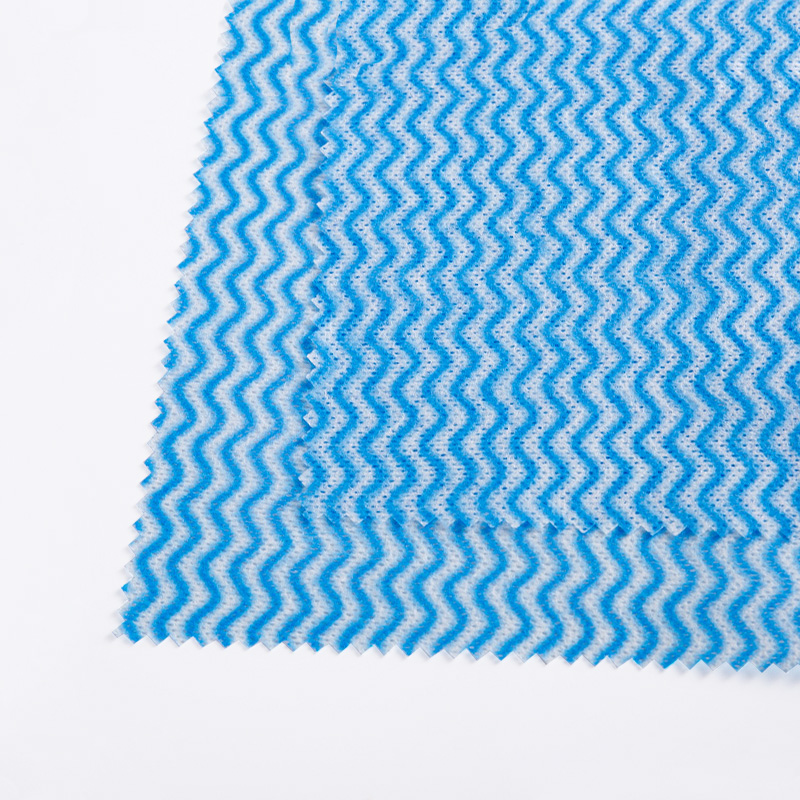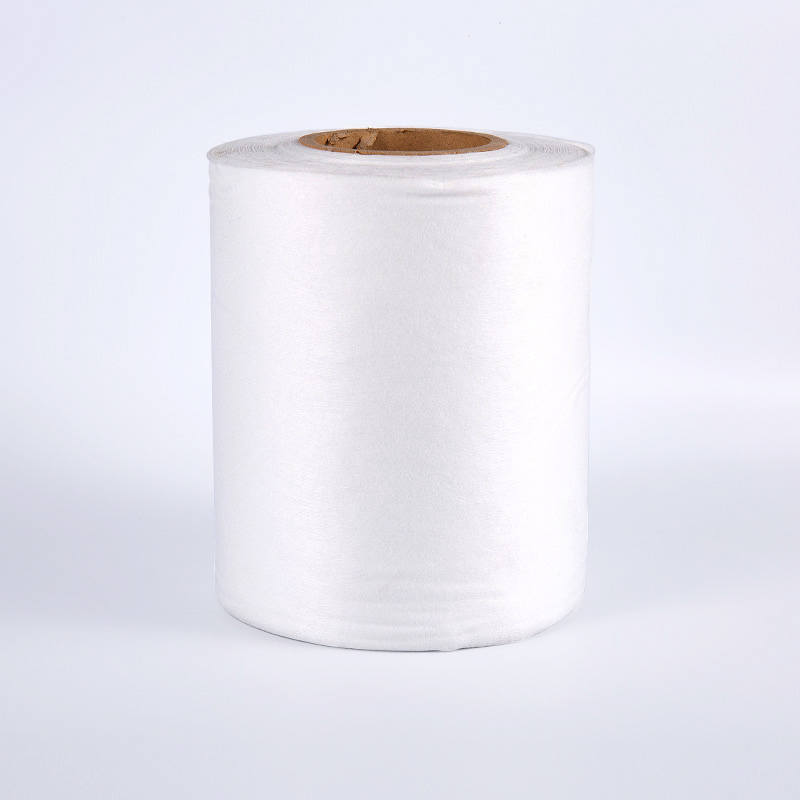
Wear-resistant Polyester Yarn: A New Benchmark for High-Performance Materials in the Textile Industry
Posted by Admin | 15 Oct
With the increasing demand for functional fabrics and high-performance fibers in the modern textile industry, wear-resistant polyester yarn has become a key component of textile manufacturing. Whether used in industrial fabrics, sportswear, or home furnishings, abrasion resistance has become a key indicator of fiber quality. This yarn, with its excellent abrasion resistance, strong retention, and stable dyeing properties, provides a solid technical foundation for innovation and development in the textile industry.
Performance Characteristics and Structural Advantages of Wear-Resistant Polyester Yarn
Wear-resistant polyester yarn is a high-performance fiber created by modifying the molecular structure and spinning process of conventional polyester yarn. Its strong interchain bonding and high crystallinity provide the yarn with excellent stability under abrasive conditions. Compared to traditional fibers, wear-resistant polyester yarn is less likely to pill or break under prolonged abrasion, maintaining the smoothness and integrity of the fabric surface.
This type of yarn offers high strength and superior tensile strength, maintaining stable linear density and structural uniformity even during complex weaving and processing. Due to its tightly packed molecular structure, wear-resistant polyester yarn resists deformation during use and exhibits outstanding fatigue resistance and resilience. These properties enable it to maintain excellent mechanical properties and a comfortable feel even under high loads and high-frequency friction.
High wear resistance stems from advanced spinning and modification technologies.
The key to manufacturing wear-resistant polyester yarn lies in optimizing the fiber structure and controlling surface properties. Using spinning techniques that achieve high orientation and high crystallinity, the fiber's molecular chains are more regularly arranged, enhancing the intermolecular bonding energy and making the fiber less susceptible to breakage or abrasion during friction. Furthermore, some companies have introduced specific modified monomers into the polyester molecular structure to impart greater strength and flexibility, achieving a balance between wear resistance and comfort.
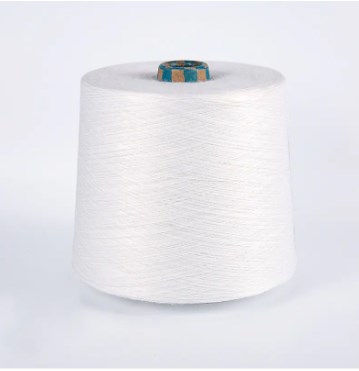
In recent years, the application of nano-modification technology has further advanced the development of wear-resistant polyester yarn. By adding nanoparticles to or within the fiber surface, surface hardness and friction coefficient can be significantly increased, ensuring the fabric maintains a smooth finish even during long-term use. Online monitoring and constant temperature control technology during the spinning process also ensures stable yarn performance, ensuring consistent high quality for wear-resistant polyester yarns throughout mass production.
Expanding Applications of Wear-Resistant Polyester Yarn in Various Fields
As textile performance requirements diversify, the application range of wear-resistant polyester yarn continues to expand. In apparel manufacturing, it is often used in sportswear, workwear, mountaineering clothing, and other fabrics requiring high wear resistance, effectively extending the lifespan of clothing and enhancing the wearing experience. In home textiles, wear-resistant polyester yarn is widely used in products such as sofa fabrics, carpets, and curtains, ensuring that the fabric retains its vibrant color and smooth appearance despite long-term friction.
In the industrial sector, this type of yarn demonstrates exceptional technical value. By blending with high-strength polyester or composite fibers, wear-resistant polyester yarn can be made into industrial fabrics with high tensile strength and low elongation, such as conveyor belts, filter fabrics, and tent fabrics, ensuring stable operation in harsh environments. With its abrasion resistance, tear resistance, and weather resistance, wear-resistant polyester yarn is becoming an essential component of high-end functional fabrics.
Functional upgrades and environmental trends are developing in parallel.
As the global textile industry moves toward sustainable development, wear-resistant polyester yarns are also undergoing green upgrades. Recycled wear-resistant polyester yarns, made from recycled polyester chips or used plastic bottles, not only reduce resource consumption but also lower carbon emissions, aligning with the trend toward environmentally friendly manufacturing. Furthermore, the introduction of new low-temperature dyeing and energy-saving spinning technologies has made the production process of wear-resistant yarns even more energy-efficient and efficient.

The rise of wear-resistant polyester yarns represents a technological breakthrough in the textile industry towards high performance and functionalization. They not only improve the durability and appearance stability of traditional fabrics but also lay a solid foundation for the development of functional textiles. With the in-depth integration of technological innovation and green manufacturing concepts, future wear-resistant polyester yarns will exhibit higher strength, enhanced tactility, and broader application potential.
Against the backdrop of intensifying competition in the global textile market, wear-resistant polyester yarns, with their superior physical properties and diverse application scenarios, are leading the transformation of fiber materials from basic utility to high-end intelligence, providing new growth drivers and innovation directions for the textile industry.
+86-18058809000
+86-571 86218111



 English
English 中文简体
中文简体

